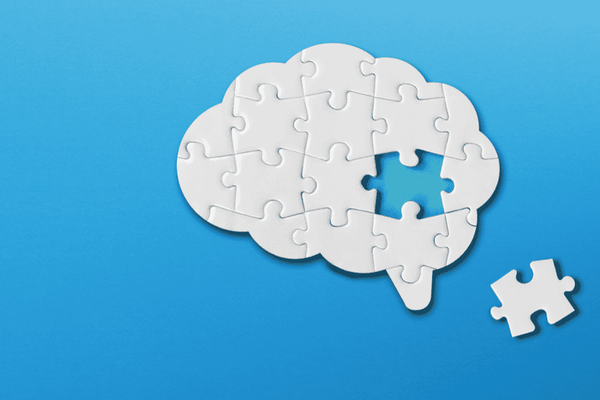
Nowhere is clear and accessible content more critical than in healthcare. The difference between “OK, I understood that and know what I need to do next” and “What did I just read??” can impact people’s health and save lives.
Make sure that when you write, your content is easy to digest and inclusive to as many people as possible, including neurodiverse individuals.
Neurodiversity is the idea that people experience and interact with the world around them in different ways — and that there is no one right way of thinking, learning and behaving, according to Harvard Health.
The Neurodiversity Association says that “neurodiversity” covers a variety of neurodevelopmental conditions, including attention deficit hyperactivity disorder (ADHD), autism and dyslexia. It also includes dyspraxia, dyscalculia and dysgraphia.
Neurodivergent differences are not deficits, but people with a neurodiverse condition may need accommodations at work or school. They are protected by the Americans With Disabilities Act.
So creating content with a neurodivergent audience in mind is part of being compliant with Section 508 of the Rehabilitation Act of 1973. Section 508 prohibits discrimination against people with disabilities in programs and services run by the federal government or its contractors.
[h2] How Section 508 Supports Neurodiverse Individuals
Section 508 was added in 1998 — and refreshed in 2018 — to ensure that it included access to technology.
Although hospitals and health systems are not run by the federal government, they still need to comply with 508 for a few reasons:
When you create content for a neurodivergent audience and with people with disabilities in mind, you:
Neurodiversity isn’t one size fits all. There are common traits across the neurodiversity spectrum, but each person with neurodivergence experiences it differently. Some of these strategies will have a bigger impact on certain audiences than others.
Reduce the mental effort needed for online tasks so the audience can focus.
You only have a few seconds to capture someone’s attention online. Everyone gets distracted easily, but people with neurodiverse conditions may lose focus even faster. So keep users on task.
Guide users to complete the action you want them to take.
People with ADHD may have “time blindness,” which means they have trouble with the awareness of the passing of time. They may not be able to predict how long a task will take or if they have enough time to complete it. Enable features on your site to help users with ADHD.
While some neurodiverse individuals may prefer to watch a video or listen to audio instead of reading, some may find it difficult to process sounds or visuals. Relay the information in alternative ways.
To ensure your message is clear and actionable, include neurodivergent individuals in the content creation and writing. Also, include them in QA so they can raise flags and address issues.
Jessica Fleming
The original version of this page was published at: https://ahamediagroup.com/blog/2022/06/how-create-healthcare-content-neurodivergent-audience/
We’re on a mission to deliver clear healthcare content to your readers. As a healthcare marketer, you are constantly detangling the complex web of content challenges. We can help by creating strat... Read more
What Did You Learn? Episode 12“We’re in this together.” You’ve probably heard that phrase a lot over the past 6 months. Between the COVID-19 pandemic and the ...read more
What Did You Learn? Episode 8As much as you can plan for a pandemic or any communications crisis, living through it is a different story.But pre-planning and having fluid relationships ...read more
What Did You Learn? Episode 18These past 7 months have accelerated consumerism in healthcare in a shorter period than ever before. People expect more out of what they can do online, ...read more
What Did You Learn? Episode 5The ability to shift gears in a moment’s notice is crucial for successful healthcare communicators. That’s one lesson Lauren Smith, manager ...read more